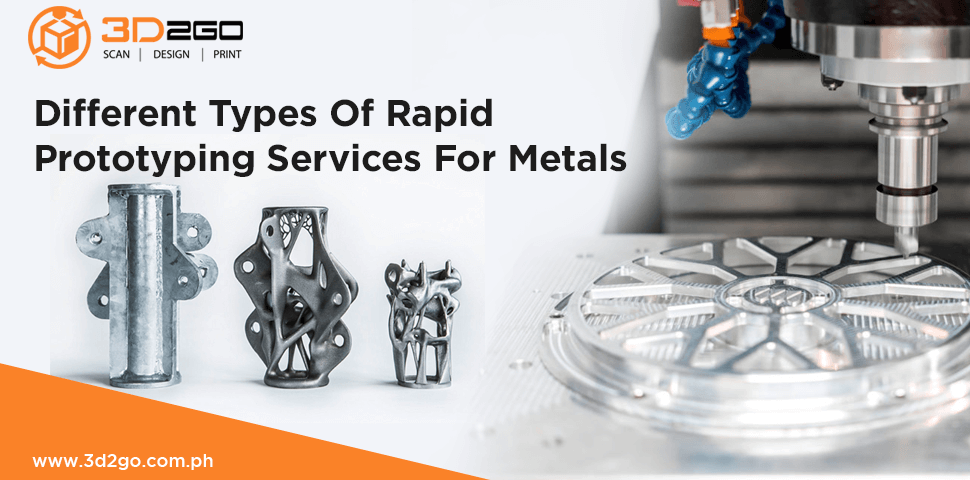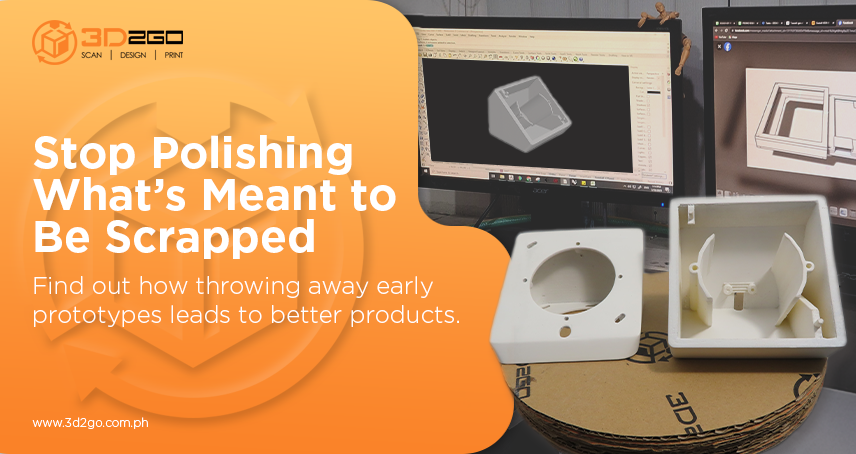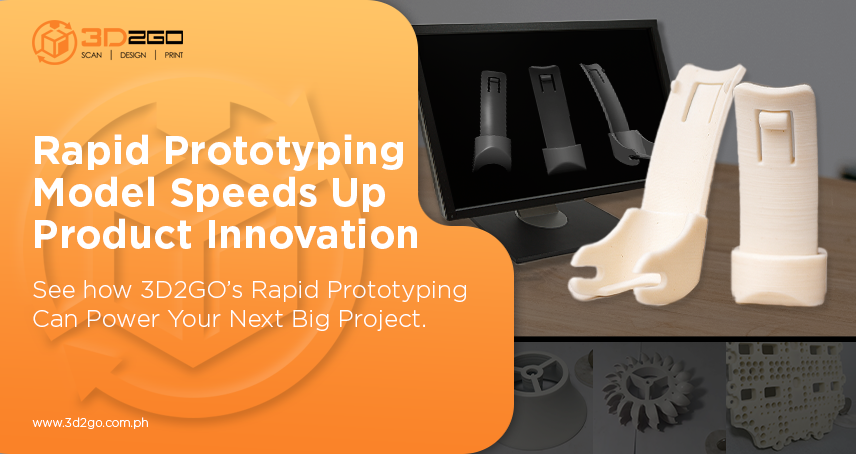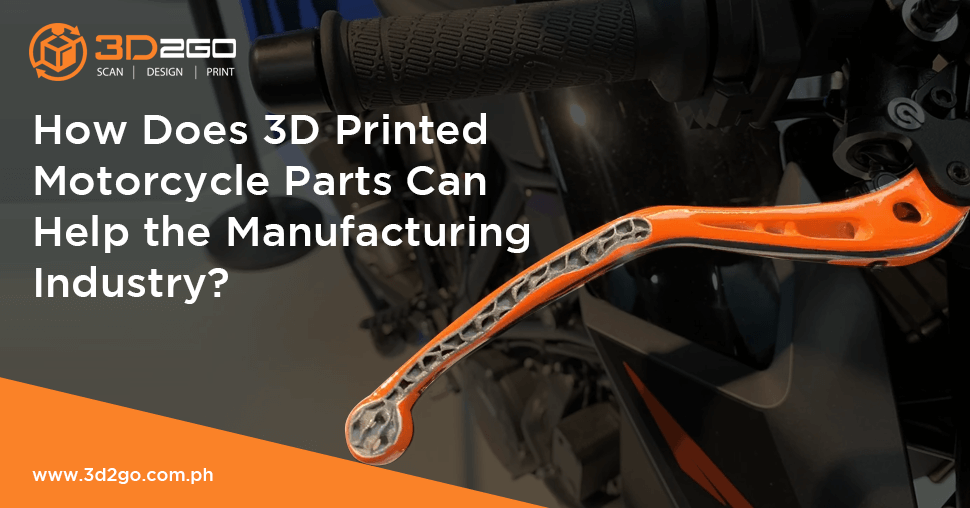
How Does 3D Printed Motorcycle Parts Can Help the Manufacturing Industry?
June 30, 2022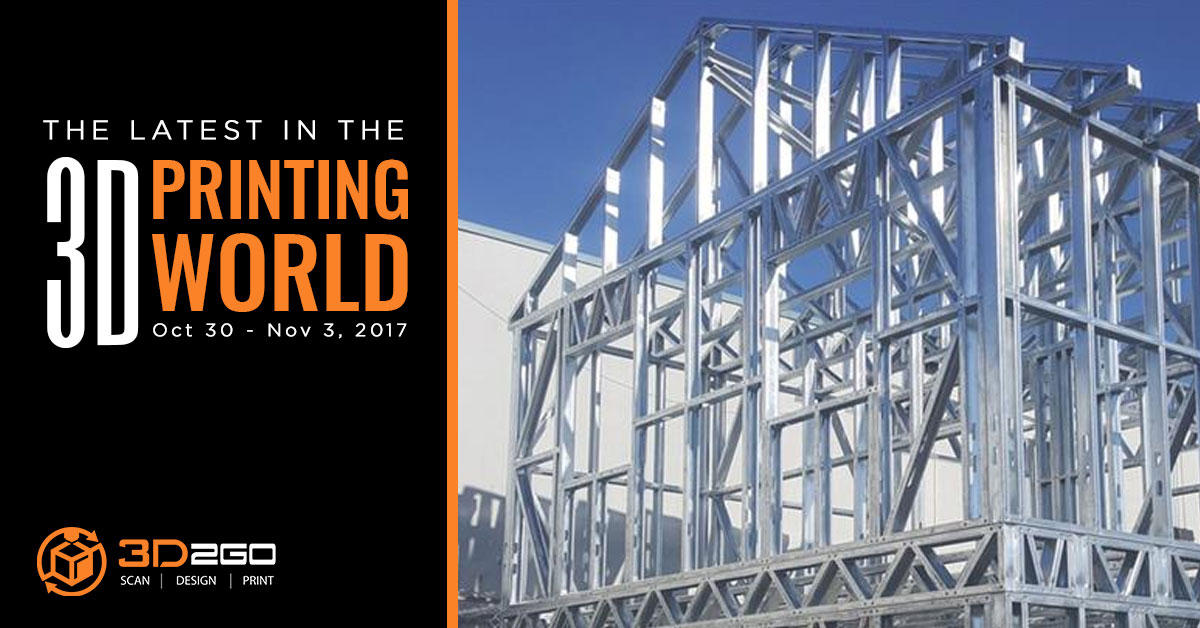
Industry News: Canada To Build Metal Frames Using 3D Printing, 3D printed Solar Power Receivers, Better Marine Grade Stainless Steel, Cheaper 3D Imaging for Ultrasounds, and Israel’s 3D Printed Fast Food
July 3, 2022Different Types of 3D Printing Prototype Service
2D plans are used to create 3D designs. The worst part would be having to draw these by hand especially when there are many revisions. A look at 3D models from different angles is being studied before showcasing the draft.
Creating a 3D model perfectly comes hand in hand with rapid prototyping. With the help of both processes, you get to experiment and test on your projects before presenting to a client.
We have listed the types of rapid prototyping 3D2GO can do for you:
Stereolithography (SLA) or Vat Photopolymerization
Used for creating:
- Models
- Prototypes
- Patterns
- Production parts
These are being printed in a layer-by-layer fashion using photochemical processes. The light causes chemical monomers and oligomers to cross-link together to form polymers. Those polymers then make up the body of a three-dimensional solid. Focuses on ultraviolet (UV) laser onto a vat of photopolymer resin. With the help of CAM or CAD software, the UV laser is being used. A pre-programmed design or shape is then drawn on the surface of a photopolymer vat.
Fused Deposition Modelling (FDM) or Material Jetting
Extrusion of thermoplastic material is easily the most common process. The process works by melting plastic filament. It is being deposited via a heated extruder. One layer at a time is being printed onto a platform according to the 3D data supplied to the printer. Each layer then hardens. Lastly, it bonds to the previous layer. This process requires support structures for any applications. Breakaway support materials are also possible. These are then removed by manually snapping them off the part. The process can be slow for some geometries. Layer-to-layer adhesion can also be a problem. But post-processing using Acetone can resolve these issues.
Digital Light Processing (DLP)
Similar process to SLA. It also works with photopolymers. One advantage of DLP over SLA is that only a shallow vat of resin is being required for the process. Meanwhile, the difference is the light source. DLP uses a more conventional light source. Examples are:
- Arc lamp with a liquid crystal display panel
- Deformable mirror device (DMD)
It is then applied to the entire surface of the vat of photopolymer resin in a single pass.
CAD In The Prototyping Service Industry
CAD made the revisions easier and quicker. The production speed and turnaround time of the drafting process are impressive. The software also made industries achieve higher degrees of accuracy in their designs.
With CAD, architects and engineers may offer internal object placement to their clients. They could easily show the interior of a structure. It also lets them render 3D models and previews of projects.
Over the years, CAD has proven to be of great advantage.
Scope of errors from architects and engineers are much lower compared to using the traditional way of drawing. Files are easily edited and printed whenever required. Parts of the drawing can also be mass-produced for future uses. CAD templates save time by providing all information needed. Lastly, CAD is more accurate for it provides a mini version of the complete structure.
3D metal printing vs. 3D Plastic Printing
A common misconception about 3D printing is that you can use the same CAD design for either plastic or metal. In reality, the processes are very different so design changes will be required. The type of modifications needed will depend on the type of metal 3D printing process being used.
Powerful lasers are used in metal powder bed fusion. These lasers generate localized hot spots, which are cooled by thermal conduction via the surrounding powder and the solidified lower layers.
Plastic does not conduct heat like a metal. If a certain area on a plastic part gets too hot during printing it simply melts and that’s it. Not so with metal, which readily conducts heat and that can affect the rest of the part with sometimes dramatic results. Also, plastic does not need to be heated nearly to such a degree as metal. Much lower temperatures are involved so, again, heat is less of a factor.
Heating and cooling cycles induce shear forces and can result in part deformation or separation away from supports. Areas that curl up can even damage powder rollers/wipers inside the printing machine if excessive.
That’s why designers need to work closely with process engineers to ensure that a given design will not imperil the delicate parts inside a metal printer.
3D2GO is not only for personalized entertainment purposes of 3D printing. We have also partnered with professionals and offered our end-to-end 3D printing service.
Get in touch with us by sending us files in .obj or .stil format in our email address management@my3d.com.ph. You can also reach us through our Facebook and Instagram pages today!


